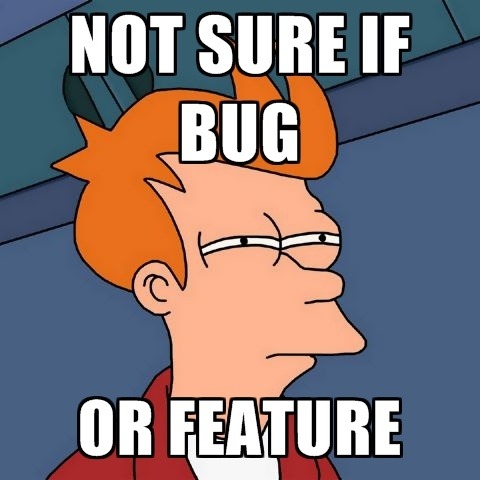The use of the term Anglo–Celtic in Australia has to do with the history of ethnic relations and the formation of the dominant identity in that country.
For a very long time, the Irish and their descendants, identified through Catholicism, were a separate and somewhat disadvantaged identity in Australia. They had trouble accessing the highest levels of power. They had separate schooling in the Catholic system. Sectarian conflict in the school yard, the workplace, and beyond was a real thing as late as the 1950s. And, with Aboriginal Australians decimated and marginalised, and the imposition of the White Australia policy, Catholic anglohone Australians were the most visible minority in Australia.
But the extent to which they were a minority should not be overstated. In most ways, Catholic and Protestant Anglophone Australians shared a common culture, and much of the time a common identity.
With the post war influx of Southern Europeans into Australia, people started to identify and discuss the dominant majority culture in the 70s. It was the culture that southern European Australians did not immediately fit into, and it needed a name. With British deprecated as an identity by then for descendants of the First Fleet, the first term people jumped on was Anglo.
But the memory of sectarian conflict among Anglophones was very recent. Catholic Anglophone Australians could grudgingly accept that they were part of a majority culture; but they would not accept being subsumed within a Protestant default, which is what Anglo (English) implies. They themselves had been the subalterns not that long ago. So out of sensitivity to this divide, the hybrid term Anglo–Celtic was coined.
The experience through the rest of the Anglosphere was different.
- England has had a Catholic minority for a couple of centuries, but it identifies its majority culture as English, not Anglo-Celtic.
- Scotland, Ireland, and Wales are Anglophone, but identify as Celtic.
- The dominant culture in the US was a Melting Pot of not only English and Celts, but also Dutch and Germans and Scandinavians. And that culture first defined itself not against Southern Europeans, but against Native Americans and Blacks. So the term it adopted was White.
- The dominant originally European identity in South Africa also defined itself against Blacks. And the divide between Afrikaners and Anglophones was much more profound than that between Protestant and Catholic Anglophones. So there was no urgency to speak of Anglo-Celtic South Africans.
- I don’t know as much about Canada, but the dominant Anglophone Protestant identity there defined itself against French Canadians first, and Celtic Canadians second. So after British passed out of fashion, Anglpohone was readily adopted, and presumably did not disgruntle Celtic Canadians unduly.
- The dominant identity in New Zealand had to define itself from the beginning against the Maori, who are not decimated and put out of mind the way that Australian aboriginals were. Like in Australia, that identity initially defined itself as British. Like in the US, that identity ended up defining itself racially, as not Polynesian, using the Maori word Pakeha.

